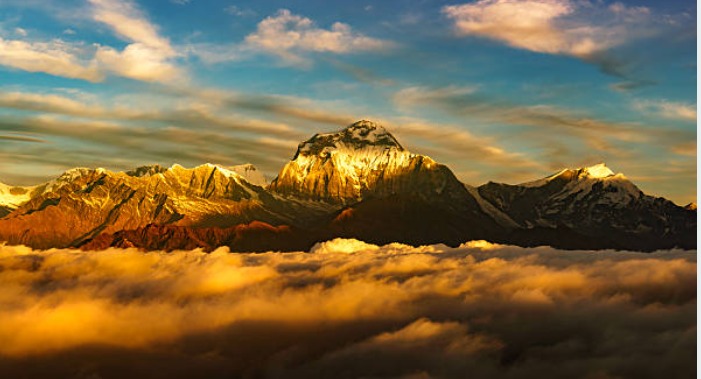The Annapurna Circuit Trek has big views and rich culture. Muktinath sits high up, at about 3,800 meters, as a holy place and a main stop. Many get set here for a tough walk down towards Jomsom or Kagbeni.
Prepping for the walk down from Muktinath is key to staying safe, comfy, and ready to enjoy the trek. If you’re on the normal Annapurna plan or making your way, here’s a guide to prep for this part that many don’t think of much.
Know the Land and Its Challenges
Annapurna Circuit Trek Tour: Going down from Muktinath means steep, rocky, sometimes slippery paths. It’s different from going up—going down needs care and focus to avoid falls. You’ll pass dry lands and towns, with big views of the Kali Gandaki Gorge, a very deep cut in the earth.
Downhill may be tough on knees and ankles. It’s sensible to head out slowly, use trekking poles for balance, and assist your joints. Being ready for your head allows you to hold sharp and steady.
Care for Your Knees and Joints
The trekking downhill can be hard, mainly on the knees. Before you leave, stretch your legs well. If you have knee gear or support, put them on.
Trekking poles are great for downhill. They help share your weight and make the ground easier. Check that your poles are not too long or too short to prevent strain.
If your knees hurt, think about taking a painkiller or talk with your trek guide or doctor before going down.
Pack Smart
Your Short Annapurna Circuit trek may have more days after Muktinath, so pack right. Going down, if you carry gifts or extra clothes, your pack may feel heavier, so carry what you need.
Choose strong, well-used boots with a good grip. Stay away from being too worn or smooth — they make it easy to slip. Wear more clothes in parts since the weather can change fast. All through the hike to Annapurna, it’s bloodless inside the very early morning, but it gets warm as the day goes on. A strong first layer and a thin coat help you change with ease.
Drink and Eat Right
Even going down, you still work hard. Drink plenty of water before and during. The dry air can quickly dry you out.
Carry snacks like nuts, strength bars, or dry fruit to maintain your power. In case your trek cost includes tea homes, you will find locations to rest and eat. But having your snacks helps on quieter trail parts.
Keep Your Pace and Rest Often
You may want to go fast to get to your next stop, but this can hurt you. Go at a slow, sure speed that you can keep up. Use your walking sticks on every occasion you step to ease the burden.
Take regular breaks to prevent strain or injury to your knees and ankles. Sit down and stretch for a piece to relieve away pains and tightness. Look around and enjoy the view as you move—this section gives you great looks at the Annapurna range and the Kali Gandaki river below.
Get Ready in Your Mind for Going Down
Going down can feel hard after the high of getting to Muktinath. Some walkers may find their drive or power dip as the path gets hard and tough.
Think back to why you began the trek and keep your wins in mind. Let the way down be a time to take in the sights and ways of the lower Mustang area.
Thinking of each step as strong and firm can help you feel sure on the hard parts.
Know What’s Next
Your walk down from Muktinath takes you to places like Jomsom or Kagbeni, based on your path. These spots give you rest, food, and ways to go after your trek or to keep going.
If you plan to fly out of Jomsom, recall that the weather might change plans, so add some free days to your plan. Or, you might walk on down into the Kali Gandaki valley to see more towns and sites.
Quick Tips
earlier than you begin, study your gear, make sure your walking sticks are tight, and tie your boots well. Pay attention to how your frame feels—if there is pain, otherwise you feel dizzy, stop and get assistance in case you need. Keep your pores and skin safe from the sun as the high up rays and their shine can burn, even if it’s not hot.
End Words
The descent from Muktinath is tough, however, worthwhile on the Annapurna Circuit Trek. By reading your frame and mind, packing nicely, moving at an exquisite tempo, and minding the land, you’ll circulate correctly and have fun.
Each step down takes you to new places and makes good times last. With the right plans, you’ll end your Annapurna trip feeling strong and full of hope.

